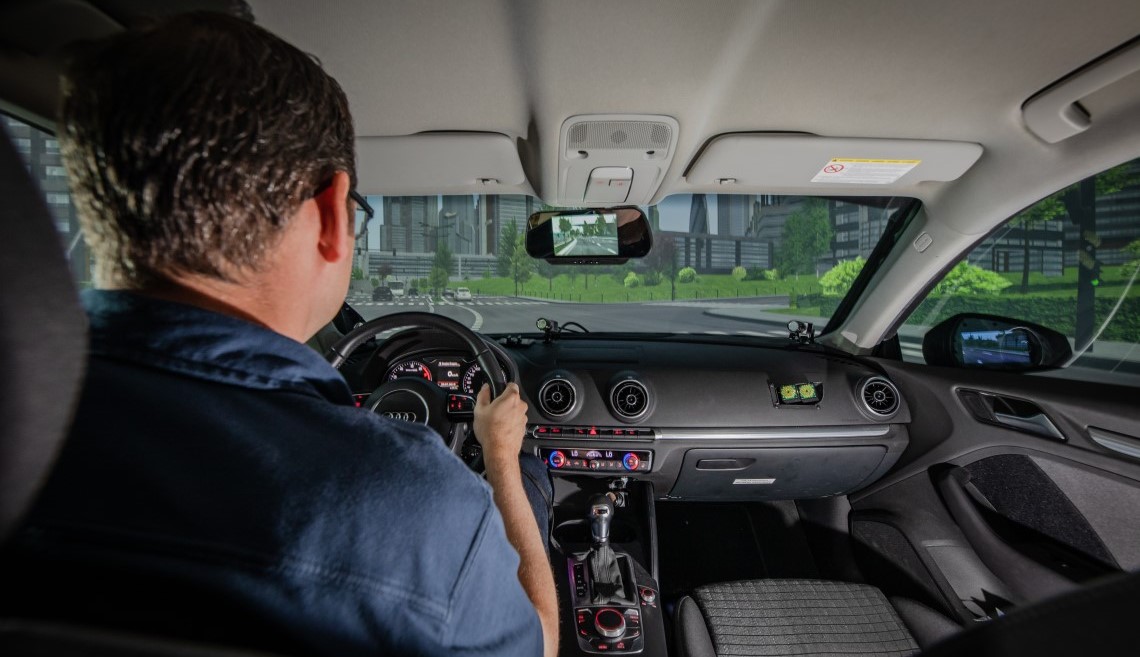
When Eduardo Jimenez, 52, comes into contact with the health care system, he often encounters providers who struggle to give him the best care.
The Toronto father of two has paraplegia with no sensation or movement from the hips down due to a workplace accident 15 years ago — he was an arborist and fell from a tree.
“I’ve never had to deal with someone who’s paraplegic,” the doctor at a GTA fracture clinic told him when he sustained a spiral fracture of the tibia a decade ago after falling while transferring himself to his van from his wheelchair.
“He didn’t know what to do with me,” says Eduardo.
The same thing happened during a routine screening colonoscopy last year — he had to do the procedure twice, as his bowels function differently.
“There’s not enough of us out there,” says Eduardo in reference to those with spinal cord injuries (SCI).
He’s right: there are about 3,600 new SCI cases in Canada every year, and just 86,000 Canadians live with the condition, which affects their mobility and sensation.
SCIs can happen as a result of a car accident or fall but also from surgery, such as to remove a tumour near the spine, or from arthritis or inflammation of the spinal cord.
An SCI is a complex condition that affects many aspects of a person’s life and health, and the impacts change as they age, notes Dr. Cathy Craven, Medical Director of the Spinal Cord Rehabilitation Program at UHN and a Senior Scientist at UHN’s KITE Research Institute.
“Living with it is as complicated or more than having an organ transplant or heart disease, but many people don’t recognize it.”
Most patients take roughly a dozen medications and see their health care team frequently — as often as 34 physician visits in the first year after injury. At the 10-year mark, most of these patients are managing seven to eight different health conditions, some related to the injury and others due to being more sedentary and sitting in a chair for hours every day.
“It’s a challenge getting care outside the UHN network,” says Eduardo, because many medical professionals simply don’t have the knowledge or experience to address the myriad complications that accompany SCI.
Eduardo sees Dr. Craven at the clinic for many of his chronic health conditions — back pain, Type 2 diabetes and low bone density — and finds his care there is excellent.
Read the rest of this story on the KITE Research Institute’s website.


